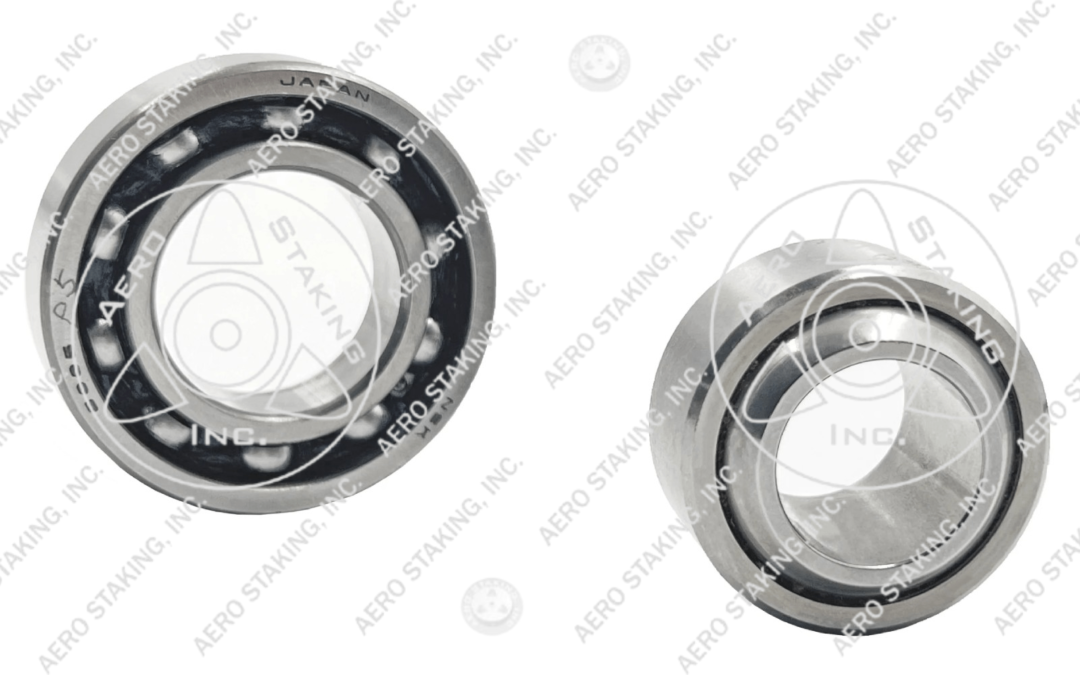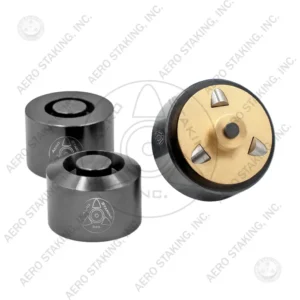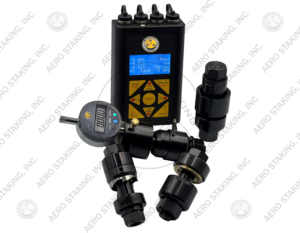Precision and dependability are crucial in the dynamic world of aerospace engineering and aircraft maintenance. The selection of bearings, especially sleeve bearings and bearings with sleeve, is an essential aspect of this complex industry. Aero Staking Inc. is well known for its proficiency in bearing installation, and we recognize the importance of understanding the subtle yet significant differences between these two types of bearings within the aerospatial industry.
We shall examine the unique qualities and uses of bearings with sleeve and sleeve bearings in this extensive blog. We’ll define aircraft bearings elements for informed decisions in maintenance and design by analyzing loads, motion, environment, and maintenance.
Bearings with Sleeve
Bearing with sleeve refers to a particular bearing with an inner ring or cylindrical sleeve. These bearings are intended to give an axial location for rotating elements within the mechanical systems of an airplane. A sleeve’s presence helps preserve the bearing’s precise axial alignment and prevents axial movement.
Sleeve Bearings
However, sleeve bearings are a more inclusive term for a group of bearings that includes bushings, plain bearings, and other self-lubricating bearings. These bearings have an outer and an inner cylindrical surface separated by a lubricant layer. Sleeve bearings minimize wear and tear and reduce friction between rotating components, guaranteeing smooth motion.
Engineering Analysis: Factors that Differentiate Them
To differentiate between “bearings with sleeve” and “sleeve bearings” effectively, it’s essential to consider several engineering factors:
Expected Loads
In applications where the exact axial position is essential, such as rotor systems in helicopters, bearings with sleeves are chosen. On the other hand, sleeve bearings’ self-lubricating nature makes them appropriate for applications with lower loads.
Motion Type
Sleeve bearings perform best in radial motion applications, while sleeve bearings are best for applications with primarily axial motion.
Environment
Sleeve bearings are a good option for aerospace applications where maintenance is complex, or the environment is hostile because of their self-lubricating qualities.
Maintenance Requirements
Unlike bearings with sleeves, which may need periodic modifications to maintain their axial placement, sleeve bearings often require less maintenance.
Aircraft Market Adoption
When compared across different segments, each with its unique operational requirements, performance expectations, and contextual factors influencing the decision-making process, the degree to which these bearings are embraced and integrated within the aerospace industry can exhibit noticeable disparities. Some are:
- Military Fighters (e.g., F-35, F-22): Because bearings with sleeve require exact axial positions in vital components, military fighters frequently use them.
- Drones: Sleeve bearings are often used in drones because of their low maintenance requirements and ability to reduce friction.
- Commercial Jetliners (e.g., Boeing 737, Airbus A320): Depending on the need, both types of bearings may be used in commercial jetliners.
- Business Jets (e.g., Gulfstream G700, Bombardier Global): In parts that need accurate axial alignment, business jets may choose to use bearings with sleeves.
- Helicopters (e.g., Bell 407, Sikorsky UH-60): Helicopter systems often rely on bearings with sleeves in rotor assemblies for safety and performance.
Aerospace Bearing Market Spending
The aerospace bearing market is a sizable industry with annual spending among several aircraft sub-niches. In military fighter and helicopter systems, where accuracy and safety are crucial, bearings with sleeve are increasingly common. On the other hand, sleeve bearings are used in drones and different situations where minimal maintenance is necessary.
Conclusion
In the aerospace industry, choosing between “bearings with sleeve” and “sleeve bearings” is a critical engineering decision that directly impacts aircraft performance, maintenance, and safety. Aero Staking Inc. is your trusted partner in bearing installation and maintenance. As you navigate the intricacies of aerospace bearings, consider the factors that differentiate these types, including expected loads, motion type, environment, and maintenance requirements.
Contact Aero Staking Inc. today for expert guidance and a quote tailored to your aircraft maintenance needs. Trust in our experience and precision for reliable aerospace-bearing solutions. Reach out to us now to get started.







